This post was one off my 100th Extended Comment post. As the 99th post, the school will be receiving a copy of “Wombat’s Secret” book, two small souvenirs from Potoroo Palace (where I have taken many animal photos) and some Australian animal postcards.
Dear Riley,
Like you, I love animals and nature. I have many photos from insects and other small creatures up to large animals.
All of the photos appearing on this post were taken by me. Schools and students have permission to use them for non-commercial purposes. This means I am letting schools and students use these photos in their school work.
I have created a post for you so I can re-show a number of animal pictures appearing in assorted posts on this blog...
This is a photo of a female swamp wallaby (marsupial mammal). She thought I might have some food for her. The photo is one of my top favourites because she seems to be smiling at me. 🙂
Schools and students have permission to use this graphic for non-commercial, educational purposes.
Location: Potoroo Palace, N.S.W., Australia
Eastern Grey Kangaroo (marsupial mammal). He stood nearly 6 ft (175cm) tall.
Schools and students have permission to use this graphic for non-commercial, educational purposes.
Location: Bournda National Park, N.S.W., Australia
"Blinky" is a male koala (marsupial mammal) living at a local animal sanctuary named Potoroo Palace.
Schools and students have permission to use this graphic for non-commercial, educational purposes.
Location: Potoroo Palace, N.S.W., Australia
Suzie is Potoroo Palace's female koala (marsupial mammal). You can see females have a much whiter front than males.
Schools and students have permission to use this graphic for non-commercial, educational purposes.
Location: Potoroo Palace, N.S.W., Australia
Leaf curling spider (arachnid). You can see its legs at one end of the leaf.
Schools and students have permission to use this graphic for non-commercial, educational purposes.
Location: Bournda National Park, N.S.W., Australia
If we take the time to look, spiders can be beautiful.
Schools and students have permission to use this graphic for non-commercial, educational purposes.
Location: Bournda National Park, N.S.W., Australia
This painted lady butterfly (Lepidoptera) was trying to warm itself one morning.
Schools and students have permission to use this graphic for non-commercial, educational purposes.
Location: Bournda National Park, N.S.W., Australia
The blue-tongued skink (lizard) isn't fast moving. I have found them in my garden.
Schools and students have permission to use this graphic for non-commercial, educational purposes.
Location: Bournda National Park, N.S.W., Australia
The kookaburra whose call sounds like it's laughing.
Schools and students have permission to use this graphic for non-commercial, educational purposes.
Location: Potoroo Palace, N.S.W., Australia
Magpies can sometimes be aggressive. Although most don't, some birds swoop down on people and animals they think are threats. This one didn't seem to mind me taking a photo.
Schools and students have permission to use this graphic for non-commercial, educational purposes.
Location: Merimbula, N.S.W., Australia
Australian Wood Duck - One of our prettiest native ducks, this is a male
Schools and students have permission to use this graphic for non-commercial, educational purposes.
Location: Potoroo Palace, N.S.W., Australia
Corellas - Corellas can arrive in large flocks but in this case three arrived on one of my trees
Schools and students have permission to use this graphic for non-commercial, educational purposes.
Location: Merimbula, N.S.W., Australia
Crimson Rosella - Their call is like a single not from a piccolo
Schools and students have permission to use this graphic for non-commercial, educational purposes.
Location: Potoroo Palace, N.S.W., Australia
Emu - not quite as large as an ostrich. Did you know the male ostrich looks after the young, not the female?
Schools and students have permission to use this graphic for non-commercial, educational purposes.
Location: Potoroo Palace, N.S.W., Australia
Wombat (marsupial mammal) - They are not normally out in the day. They prefer dusk and night but I saw this guy while hiking one day.
Schools and students have permission to use this graphic for non-commercial, educational purposes.
Location: Yellowpinch, N.S.W., Australia
The black-headed python is non-poisonous.
Schools and students have permission to use this graphic for non-commercial, educational purposes.
Location: Potoroo Palace, N.S.W., Australia
Alexandra, a volunteer at Potoroo Palace, hows visitors "Olivia" the olive python. Being a python, Olivia is non-poisonous. On my hikes, I have seen three very poisonous snake, the red-bellied black snake, the brown snake, and the tiger snake but I don't have any photos at this time.
Schools and students have permission to use this graphic for non-commercial, educational purposes.
Location: Potoroo Palace, N.S.W., Australia
Rainbow Lorikeet - These birds live on flower nectar. With such a high sugar diet, they are very noisy and a little crazy when they visit my garden.
Schools and students have permission to use this graphic for non-commercial, educational purposes.
Location: Potoroo Palace, N.S.W., Australia
Echidna or spiny ant eater (Monotreme mammal) - Like the platypus, the females lay eggs from which the young hatch. The mother's have glands on their skin that can secrete milk. Just like all mammals, the young have milk to drink. I once found one of these guys in my garden and have seen them a number of time in the wild.
Schools and students have permission to use this graphic for non-commercial, educational purposes.
Location: Potoroo Palace, N.S.W., Australia





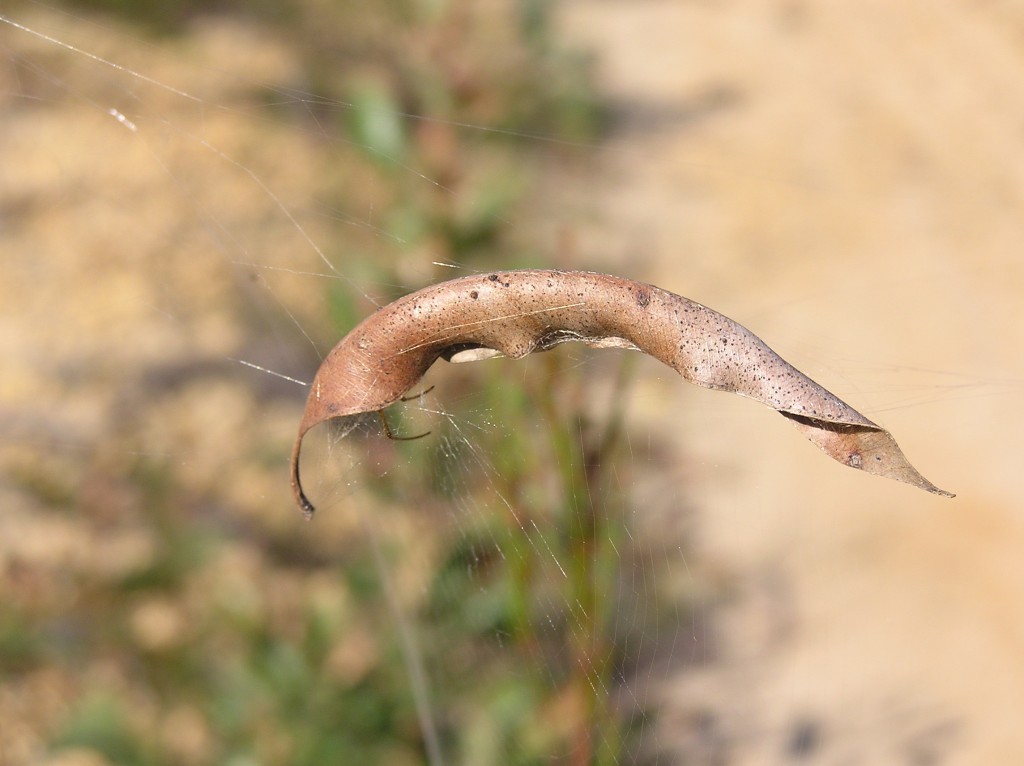
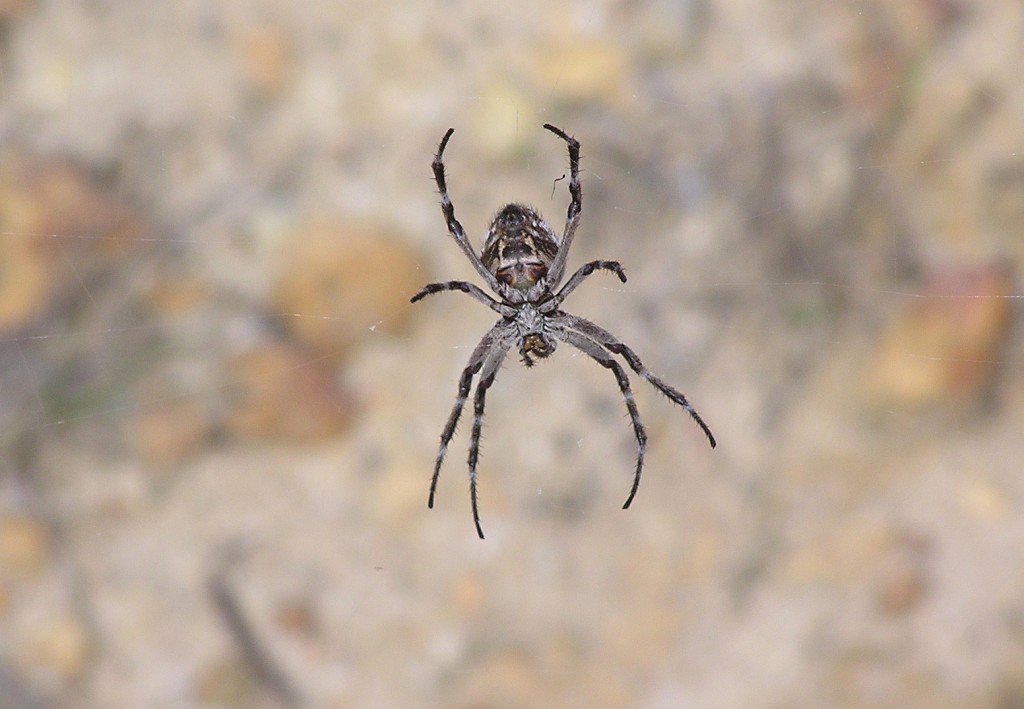


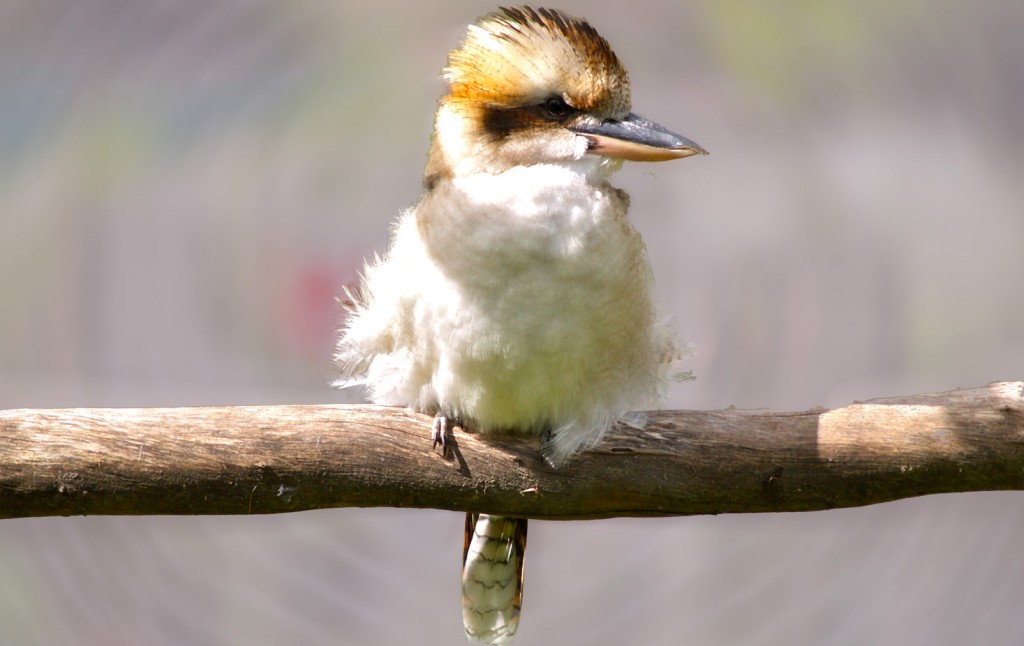
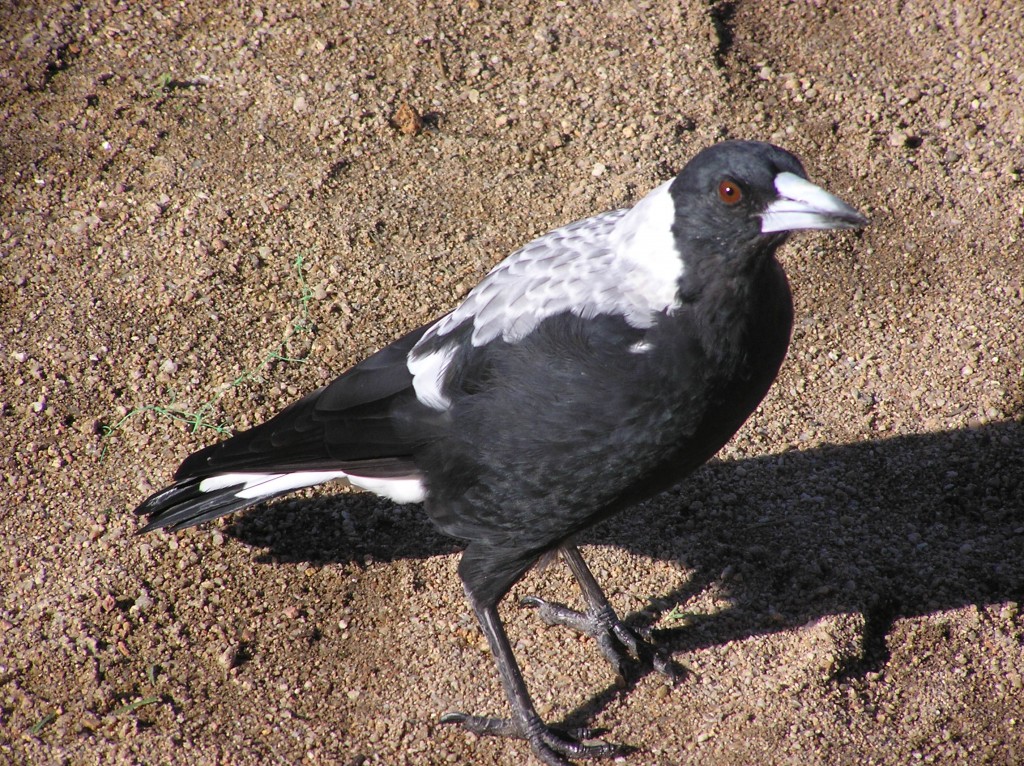
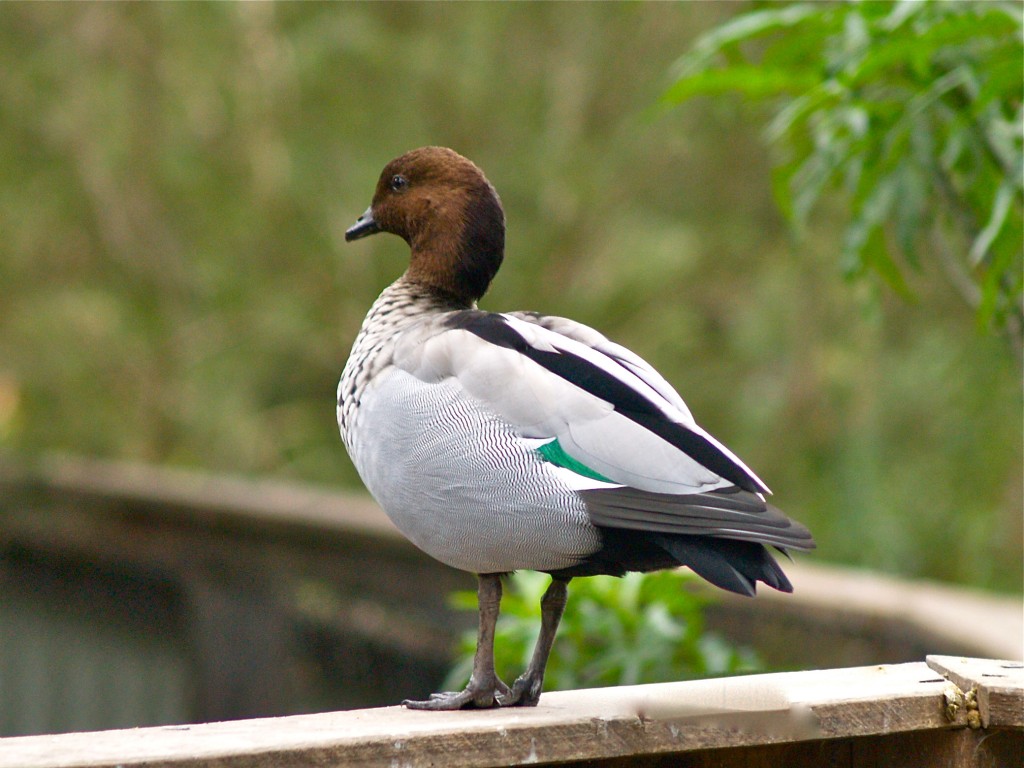
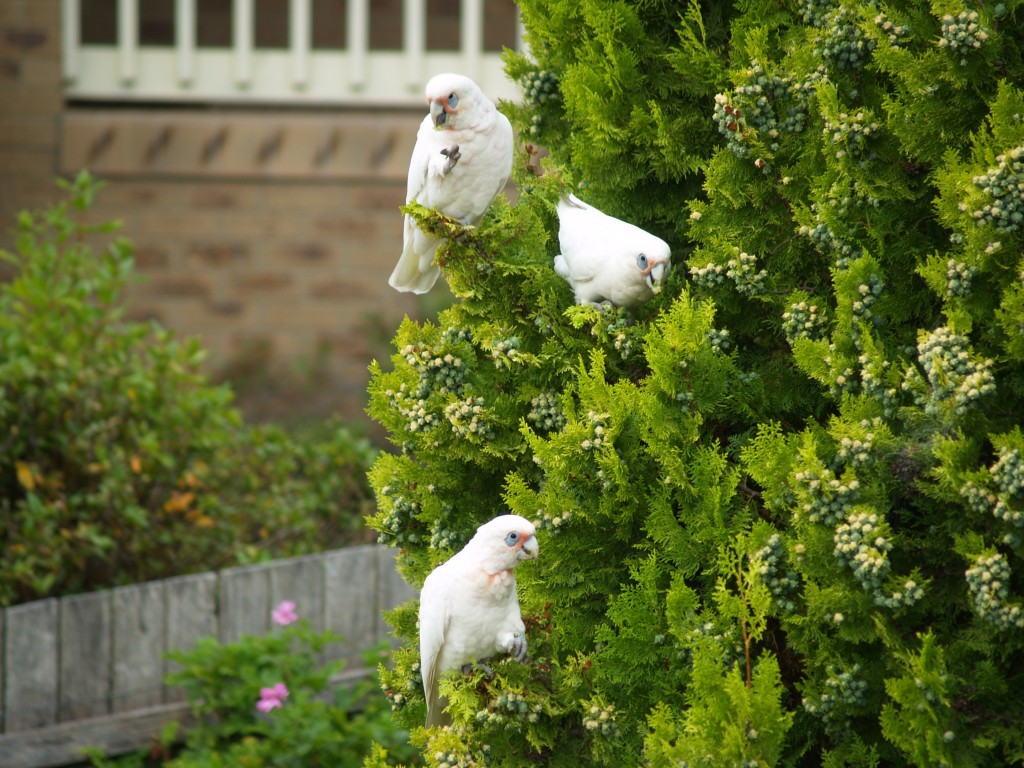
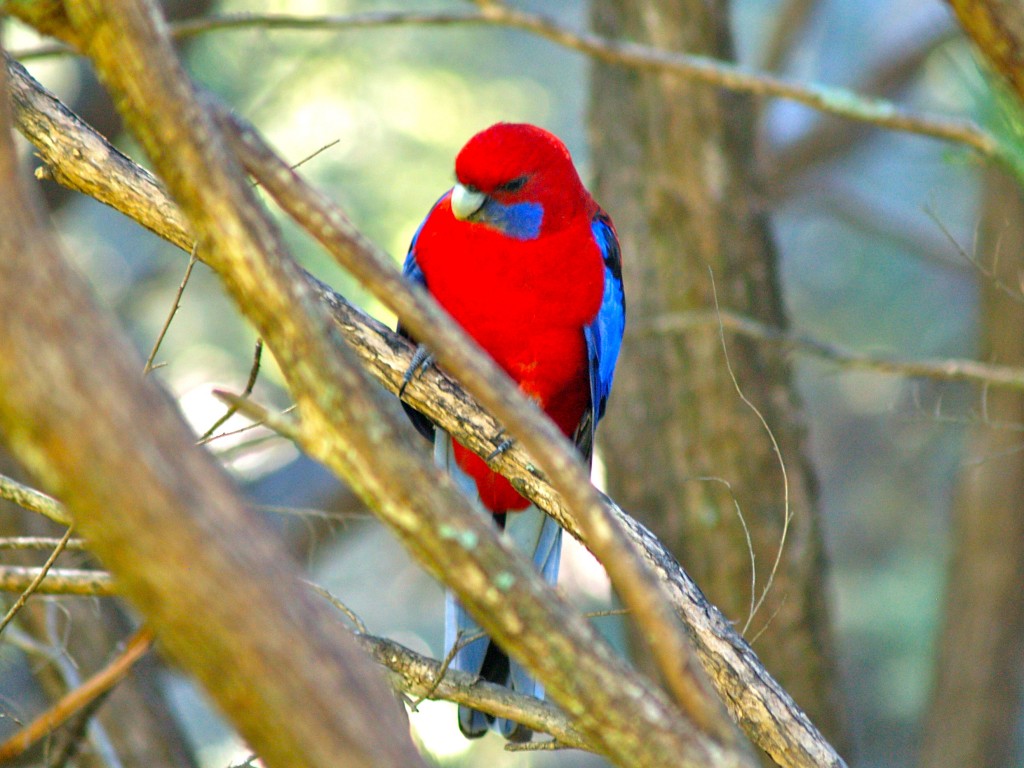




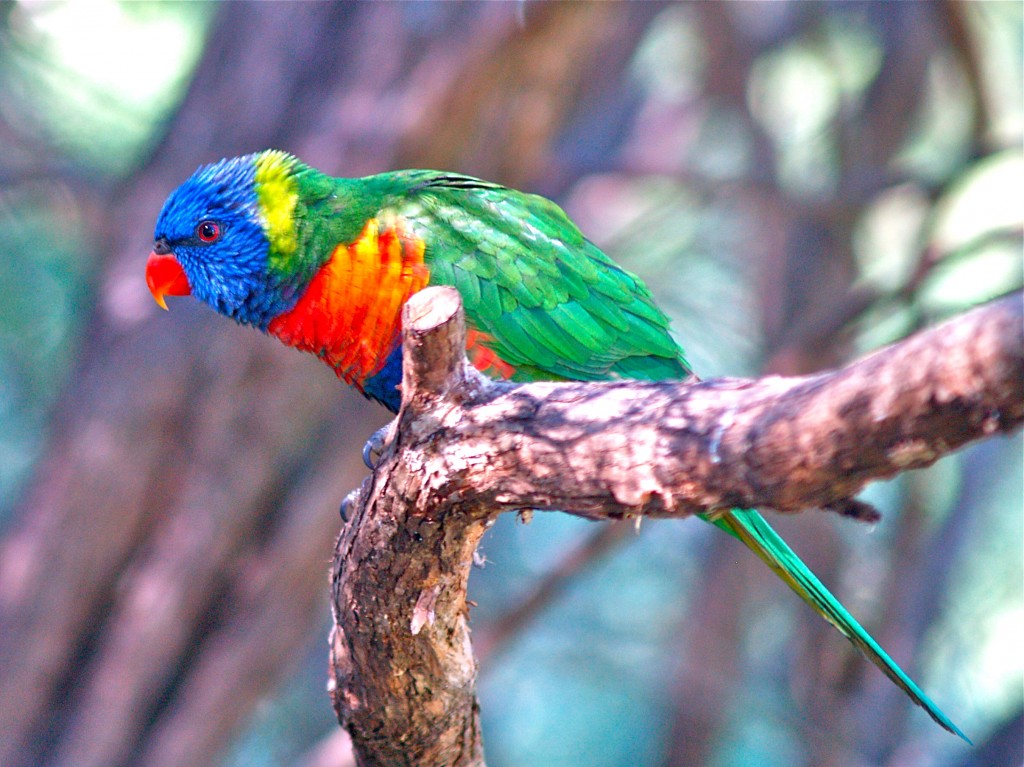

Riley
Dear Mr. Mannell,
Thank you so much for taking the time to make this post! I love all the pictures! Are koala bears friendly? They look so cute and cuddly, it seems like you could just pick them up and carry them around, Probably not though. I also found the insects and snakes cool, but I don’t think I would want to cuddle them. Although I have held a very large snake on my shoulders, and it was pretty cool! It must be really cool to go hiking and see all those animals. Now Australia is definitely on my list of places to go.
Sincerely,
Riley
Techie Kids
rossmannell
Post authorDear Riley,
Wild koalas, like any animal, don’t really like to be handled so they might scratch and bite if you picked them up. They won’t try to attack you if you leave them alone. They’re more interested in sleeping and eating leaves. Some zoos and animal sanctuaries have koalas visitors can pat. They have grown up with people holding them.
Most hikes I see wallabies and kangaroos. Sometimes I see echidnas and wombats. I always hear and see many birds. My favourite bird is the lyrebird. It is a mimic and can be heard copying many other birds.
@RossMannell
Riley
Dear Mr. Mannell,
Thank you for taking so much time to inform me about these things. I kind of assumed that you could’nt just go up to a wild animal and pet it, but they look so cute! Its really nice to learn more about Australian animals so that one day I can go there are see them for myself. Do you have a favorite place that you go to, to see these animals?
Do you travel to other countries and see animals from other places in the world?
rossmannell
Post authorDear Riley,
I would have guessed you knew better than to walk up to and touch a wild animal. I like to add the warning for other readers who might not have experience with animals in the wild.
In Australia, I see many animals while out hiking but there is an animal sanctuary not far from my home (around 6 miles) known as Potoroo Palace. Their volunteers look after orphaned and injured animals. It is a favourite place to photograph Aussie animals. Visitors get the chance to feed kangaroos and see koalas and other animals up close.
Here is a link to their site…
http://www.potoroopalace.com/
I have photographed some animals in New Zealand and have a couple photos form when I was in Hawaii and the United Kingdom but I have not visited other countries just to photograph animals. It would be wonderful to travel to Africa to see lions, elephants, giraffe, gazelles and other animals in the wild. Those I have only seen in zoos.
@RossMannell
Riley
Dear Mr. Mannell,
Yes, it was kind of silly for me to think that you could pet a wild animal, and I knew it was inprobable. Going to Africa would be really cool! Someday I hope I can travel around the world and see not just animals but landmarks and people too. Where I live, we don’t really have any animals sanctuaries, but the Detriot Zoo is only about an hour from my house. When I was little, it was my favorite place to go in the summer, and it still is. It is a pretty big zoo and I love all the exhibits, but my favorite exhibit isthe monkey exhibit! When I was little, the monkeys were my favorite animal, and if I was at a store and saw something with a monkey on it, I had to have it. I still love monkeys, but my new favorite animal is a “zonkey” ( a zebra and a donkey combined). Earlier this year I saw zonkey in my science book, and I have been obsessed with them since.
Sincerely,
Riley
Techie Kids
rossmannell
Post authorDear Riley,
Zoos are always interesting. When I was at university (college) I was studying zoology. My choice of topics included animal behaviour. My best experience was having a free pass into Sydney’s Taronga Zoo so I could study spider monkeys. You can see many personalities just as you would with people.
As I was watching them, I saw one of the monkey’s saw a banana no others had seen. It was obvious it wanted the banana for itself so it casually walked over and as it passed it, it grabbed the banana with its tail and found a quiet place away from the others to eat it… very sneaky. 🙂
I am aware of cross breeding animals. The longest know was the mule (horse/donkey) but I love the idea of a zonkey. I haven’t seen one. I have seen photos of ligers (male lion/tigress) and tigons (male tiger/lioness). On the web I have seen photos of some very strange cross-breeds so be careful of fakes. Donkeys, zebras and horses have a great deal of genetic similarity so hybrids are possible as they are also for tigers and lions but someone claiming they had photographed a hybrid zebra/rhinoceros shows only what we can do with Photoshop. 🙂
@RossMannell
Riley
Dear Mr. Mannell,
Thank you for taking the time to not only reply with comments, but to reply with posts also. I really appreciate you helping me to learn more about subjects that interest me. This is My last technology class, but there will be 11 more students from my class blogging and commenting for the next couple of months.
Sincerely,
Riley
Techie Kids
P.S. In the future I hope to do more research on animal hybrids, maybe even see one in person.
rossmannell
Post authorDear Riley,
I will look forward to seeing what the new batch of bloggers have to post. Someone explained the way students in your school takes turns at different subjects.
Being interested in hybrids suggests you have an interest in science. Have you considered plant hybrids as well as animal hybrids? Horticulture (science of growing plants) often looks at hybrids as do animal breeders.
Here is a Wikipedia link on hybrids…
http://en.wikipedia.org/wiki/Hybrid_%28biology%29
@RossMannell
Christian
Dear Mr. Ross,
Those animals look so gorgeous! My dream is too live on Tasmania. I love outdoors and outdoor activities. I have heard that the skydiving is Australia is awesome and that the mountains are beautiful. Is this true?
Sincerley,
Christian
Techie Kids
rossmannell
Post authorDear Christian,
Tasmania is a beautiful state and one of our smallest ones. In area, it would be between West Virginia and South Carolina in size. Our largest state is Western Australia. It is bigger than Alaska and Texas combined. We don’t have as many states and territories as you.
Skydiving is available in different places in Australia. At our peak tourist time, even my country town airport sometimes has tandem skydiving. Most tourists take flights to see the whales moving along our coastline. The are incredible to see up close.
It is very late here now (2 a.m. Saturday). I have been very busy today with the blogging and blog commenting I do. Could you let your class know I have seen all of their comments and will reply by the end of the weekend. 🙂
@RossMannell
rossmannell
Post authorDear Christian,
With your interest in Tasmania, my latest Extended Comment is for you. Here is the link…
http://rossmannellcomments.edublogs.org/2013/03/10/tasmania-sharing-old-photos-with-christian/
@RossMannell
Ben
Dear Mr. Ross Mannell,
These pictures were amazing. I really thought the kangaroo was stunning. I am wondering, are there honey badgers and monkeys in Australia? Thank you for giving us permission to use your pictures.
Sincerely,
Ben
Techie Kids
rossmannell
Post authorDear Ben,
For some reason this comment found its way into a spam folder as can sometimes happen when we comment. When I checked the spam folder I fixed the problem and so you are back where you belong.
Australia doesn’t have badgers or monkeys of any kind. Geologically speaking, Australia has been separated from other lands for a very long time. We have large numbers of marsupial mammals and the world’s only monotreme mammals, although the echidna is also found in New Guinea. Monkeys and badgers never really arrived here until they were brought in for zoos. None I know of have escaped into the wild.
@RossMannell